Description
The Complete Comprehensive Pain Management Intensive with Tung’s Acupuncture and Herbal Medicine: Full Course with Henry McCann.
In this complete course intensive (Part I and Part II combined), Dr. McCann shares the best Master Tung acupuncture points for pain conditions and injury management that yield immediate results for the Upper Body, Torso and Lower Body.
There is a focus on both fundamental/core theory and along with more on applied theory with Case Study examples for all levels of students and practitioners of Tung Acupuncture System along with internal herbal prescriptions as well as herbal recipes for local topical applications.
What You Will Learn
- Detailed descriptions of Master Tung’s point locations, functions, indications along with effective Chinese herbal medicine prescriptions used for pain relief.
- Core Fundamental theories of Tung Acupuncture which include including holographic correspondence, channel correspondence, and tissue correspondence
- Chinese herbal medicine for the treatment of pain and injury
- Treatment of pain and injury based on Three Stage Theory
- Numerous herbal recipes: preparation and instructions to make herbal liniments, soaks, washes and steams
- Treatment of pain and injury based on disease location – Head and upper extremities
- Treatment of pain and injury based on disease location – Torso and lower extremities
Webinar Outline
Introduction – Background
-
- Overview of Pain
- Master Tung Acupuncture Style Characteristics
- Introduction to numbered ‘zones’ of point distribution
Master Tung Acupuncture Core and Applied Theory
- Assessment of Zone Characteristics: Areas of effect. e.g. Leg and Thighs region is noted to best treat which area and what type of conditions better
- Master Tung Acupuncture principles: classical acupuncture roots with classical text references- exploration of the classical theory of why Tung Acupuncture is so effective
- Guiding principles- summary about environmental, tissue, microsystem and channel correspondences
- Diagnosis and Treatment theory: Holographic correspondence, Channel Correspondence and Tissue Correspondence. Learn to diagnose and choose the most effective treatment points according to these correspondences.
- Large Taiji and Small Taiji Hologram explanations (Upper Extremities: Arms, Legs, Head, Genitals, Thumb, Long Bones, Navel)
- Channel Correspondences- How to channel pair for treatment: Learn how to select the most appropriate channels for treatment according to channel pairings
- The theory on Tissue correspondences and what tissues to select for treatment: Superficial to Deep needling techniques of tissues- epidermis/skin, vessels, flesh, sinews, bone
- Criteria for identifying Acupuncture Points: What to look for to identify an acupuncture point
- Needling Rules and Methods: Outline on when you should needle distal, contralateral or ipsilateral.
- Discussion on Dao Ma and Dao Yin Needling Techniques
- Needle Strategies in Tung Acupuncture: Balance, Holographic, Channel Location and Disease Location
- Luo Shu (Magic Square) theory analysis with relation to the Balance/Yin/Yang theory
- How to select points by Affected Channel, How to select points at Disease Location
- Discussion on Dao Ma and Dao Yin Needling Techniques
Treatment of Pain and Injury Part I: Master Tung Acupuncture and Herbs
- Discussion on Pain according to Chinese Medicine: The Huang Di Nei Jing- Su Wen on Pain
- Pain according to other conditions: co-morbidities and relation to emotions
- Three stages of Pain and Injury: Early, Middle and Late
- Detailed analysis of how to treat the three stages of Pain and Injury with Herbs
- Herbal formula prescriptions, modifications and construction (gram dosages of individual herbs) for treatment of the three stages of pain and injury.
- Tung Acupuncture Strategies including “zone” selections for stages of injury
Treatment of Pain and Injury Part II: Master Tung Acupuncture, Herbal Soaks, Washes and Liniments
-
- Treatment of Pain and Injury based on Disease Location
- Note on bleeding areas and points (no demonstrations)
- Herbal recipes: (Formula, Construction, Individual Herb Dosages in grams and Formula Instructions)
- Herbal Recipe: Traumatic Injury 1 Herbal Formula for steaming/soaking of affected areas to soothe sinews, quicken blood and disperse swelling from trauma
- Herbal Recipe: Traumatic Injury 2 Herbal Formula for steaming/soaking of affected areas to soothe sinews, quicken network vessels, blood and stop pain
- Herbal Recipe: Bony Spurs Herbal Formula for steaming/soaking of affected areas to soften hardness, disperse binds, reduce inflammation and stop pain
- Herbal Recipe: Frozen Shoulder Herbal Formula for steaming/compress of affected area to expel dine, eliminate damp, quicken blood and free network vessels
- Herbal Recipe: Wu Dang Upper Limb Injury Wash for steaming/washing of affected areas to treat fractures, sprains, strains, aching pain
- Herbal Recipe: Wu Dang Lower Limb Injury Wash for steaming/washing of affected areas to treat fractures, sprains, strains, aching pain
- Die Da Jiu/ Dit Da Jow: Herbal Recipe: Medicated Wines/Liniments Instructions
- Herbal Recipe: New Injury Trauma Liniment for affected areas to quicken blood, scatter stasis, clear heat, relax sinews and expel Wind Damp
- Herbal Recipe: Sinew Injury (Old) Trauma Liniment for affected areas to warm the channels, scatter cold, quicken blood, move stasis and relax sinews
- Herbal Recipe: Liniment to Expel Wind Damp
- Herbal Recipe: Wu Dang Soothe the Sinews Water for affected areas to treat contracture of the channels, network vessels, aching pains in the sinews and bones, wind damp and numbness
Putting It All Together – In depth discussion and analysis according to:
- Select Conditions (Upper Body, Torso and Lower Body conditions listed below)
- Master Tung Point Selection for Upper Body, Torso and Lower Body Conditions
- Point Location (With images and Demonstration)
- Point Functions
- Point Indications
- The importance of Point Precision and how to
- Needle Depth
- Methodology and Explanation
- Part I: Chinese Herbal Formula Prescriptions for: Bells Palsy, TMJ, Toothache, Headaches, Acute Head Injuries, Sinus Pain, Neck Pain and Injury, Cervical Bone Spurs, Shoulder Pain, Finger, Arm and Hand Pain
- Part II: Chinese Herbal Formula Prescriptions for: Chest Injury, Ribside Pain and Injury, Sternum, Clavicle Pain, Herpes Zoster and Post-Herpatic Neuralgia (Acute and Chronic Presentations), Abdominal Injury and Pain, Upper Back Pain, Scapular Pain, Lumbar Pain, Hip Pain, Thigh Pain and Injury, Knee Injury, Chronic Knee Pain, Ankle Pain and Injury, Toe Pain and Injury, Heel Pain, Whole Body Pain,
Conditions within notes (Please note that most but NOT ALL of the conditions are discussed by Henry)
Pain Conditions focused in Part I
-
- Trigeminal Neuralgia
- Bell’s Palsy
- TMJ
- Lip Pain, Mouth Pain/Stomatitis, Tongue Pain
- Toothache
- Headaches: Frontal, Lateral, Occipital, Vertex, Head Cold,
- Acute Head Injury: Nasal Bone Pain, Supraorbital Arch Pain
- Sinus Pain
- Eye Pain
- Neck Pain and Injury
- Cervical Bone Spurs
- Shoulder Pain: Radiating to Arm, Frozen Shoulder
- Upper Arm Pain and Injury (Outer and Inner)
- Forearm Pain and Injury (Outer and Inner)
- Wrist Pain and Injury: Carpal Tunnel
- Lateral and Medial Epicondylitis, Olecrenon Pain/Bursitis, Elbow Joint Pain
- Finger Pain and Injury: Thumb, Index, Middle, Ring and Small Finger
- Finger Parasthesia/Peripheral Neuropathy
Pain Conditions focused in Part II
-
- Chest Injury
- Ribside Pain or Injury
- Sternum/Clavicle Pain and Injury
- Herpes Zoster and Post-Herpatic Neuralgia
- Abdominal Injury and Pain
- Upper Back Pain
- Scapular Pain
- Lumbar Pain
- Tailbone Pain and Injury
- Sciatica
- Hip Pain
- Thigh Pain and Injury
- Numbness and Paralysis of the Thigh
- Knee Pain and Injury
- Knee Pain from Bone Spurs (Chronic)
- Calf Pain and Anterior Tibialis Pain
- Ankle Pain and Injury
- Toe Pain and Injury
- Heel and Sole Pain
- Bunions
- Whole Body (Global) Pain
Case Studies (Included in Notes): Diagnosis, Treatment, Prescription, Treatment Methodology, Duration and Outcome
1. Finger Laceration Pain
2. Neck Pain and Migraine
3. Chest Injury
4. Abdominal Pain (Cancer)
5. Lumbar Pain
6. Knee Pain (2 Case studies)
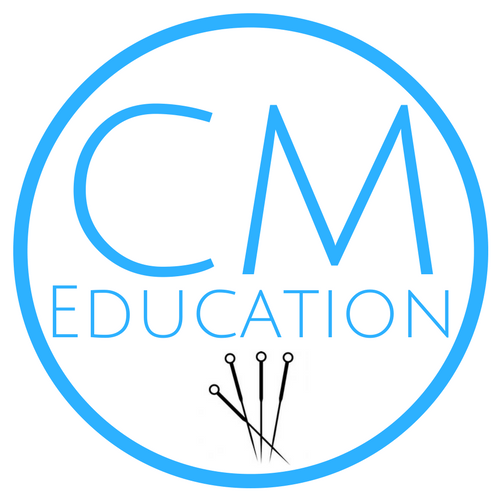
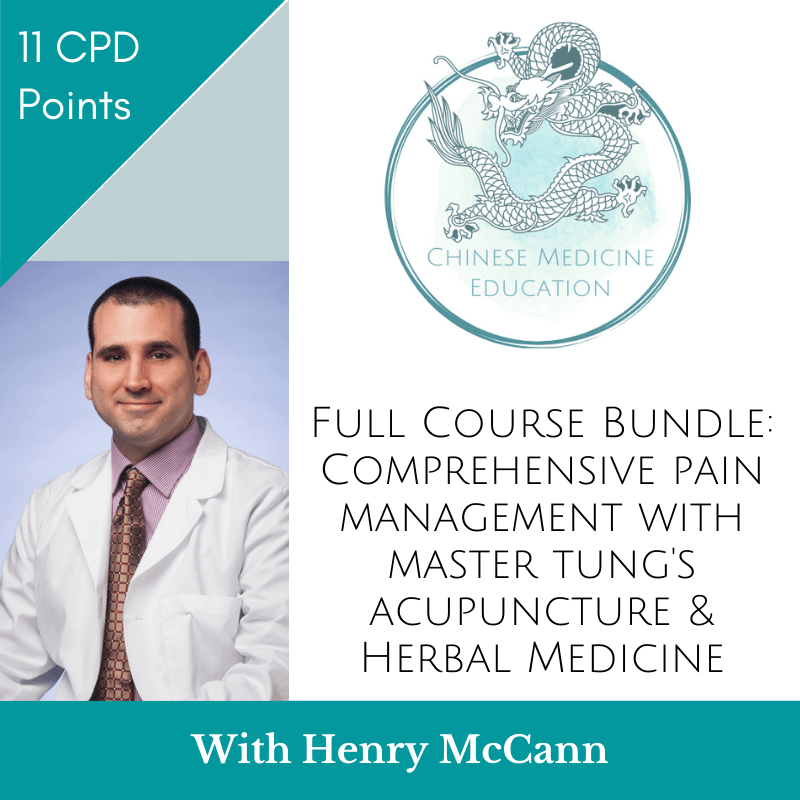
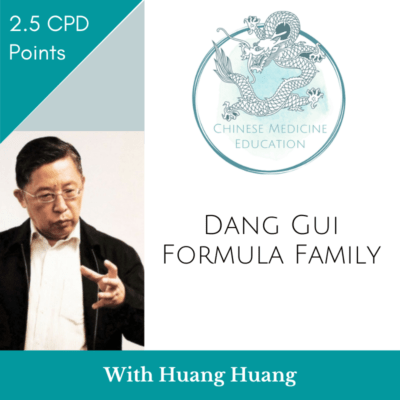
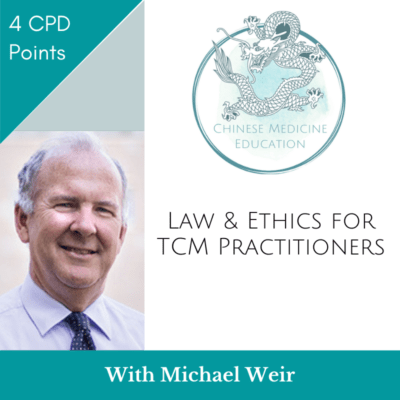
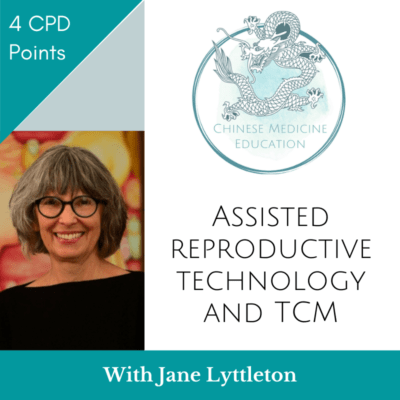
Reviews
There are no reviews yet.